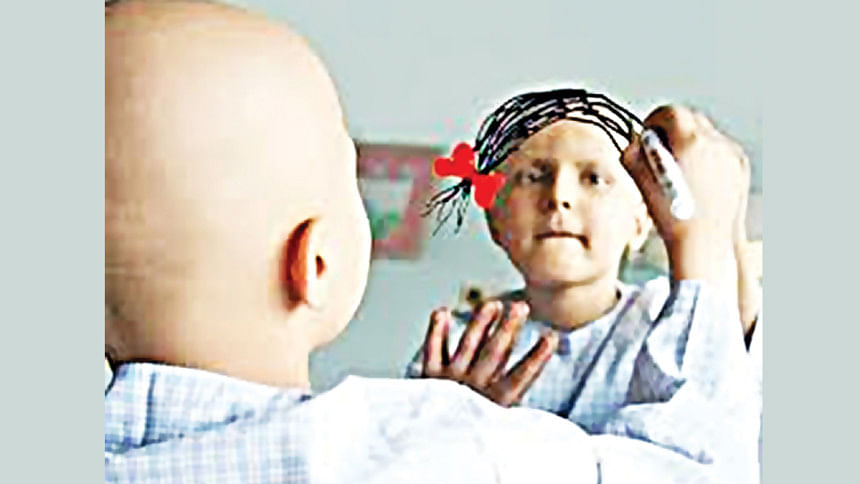Childhood cancer: Together for hope – bridging gaps, saving lives

Cancer is a leading cause of death for children and adolescents. Each year, an estimated 400,000 children (aged 0–19 years) develop cancer globally. Unlike cancer in adults, most childhood cancers do not have a known cause. However, some chronic infections are suspected, such as HIV, Epstein-Barr virus, hepatitis B, human papillomavirus (causing uterine cervical cancer), etc.
The most common types of childhood cancer include blood cancer (leukaemia), brain cancer, lymphomas, kidney tumours, and nerve tissue tumours. Although childhood cancer cannot generally be prevented or identified through screening, most types of childhood cancer can be cured with medicines and other forms of treatment, including surgery and radiotherapy.
Childhood cancer is associated with a range of warning symptoms, such as fever, severe and persistent headaches, bone pain and weight loss, which can be detected by families. When identified early, cancer is more likely to respond to effective treatment and result in a greater probability of survival, less suffering, and often less expensive and less intensive treatment. An early diagnosis consists of awareness of symptoms by families, accurate and timely clinical evaluation, diagnosis, and staging (determining the extent to which a cancer has spread) and access to prompt treatment.
A correct diagnosis is essential to prescribe appropriate therapy for the type and extent of the disease. Standard therapies include chemotherapy, surgery and/or radiotherapy.
Children also need special attention to their continued physical and mental growth and nutritional status, which requires a dedicated, multidisciplinary team. Palliative care relieves symptoms caused by cancer and improves the quality of life of patients and their families. Not all children with cancer can be cured, but relief of suffering is possible for everyone.
Paediatric palliative care is considered a core component of comprehensive care, starting when the disease is diagnosed and continuing throughout treatment and care, regardless of whether a child receives treatment with curative intent. Palliative care programmes can be delivered through community and home-based care, providing pain relief and psychosocial support to patients and their families.
However, a cure is possible for more than 80% of children with cancer when childhood cancer services are accessible. But access to effective diagnosis, essential medicines and radiation therapy, pathology, blood products, technology and psychosocial and supportive care are variable and inequitable around the world.
In 2018, WHO launched, with the support of St. Jude Children's Research Hospital, USA, the Global Initiative for Childhood Cancer to provide leadership and technical assistance to governments to support them in building and sustaining high-quality childhood cancer programmes. The goal is to achieve at least 60% survival for all children with cancer by 2030. This represents an approximate doubling of the current cure rate and will save an additional 1 million lives over the next decade.
The writers are the assistant professors of neonatology at the Institute of Child & Mother Health (ICMH), Matuail, Dhaka. Emails: [email protected], [email protected]

 For all latest news, follow The Daily Star's Google News channel.
For all latest news, follow The Daily Star's Google News channel. 



Comments